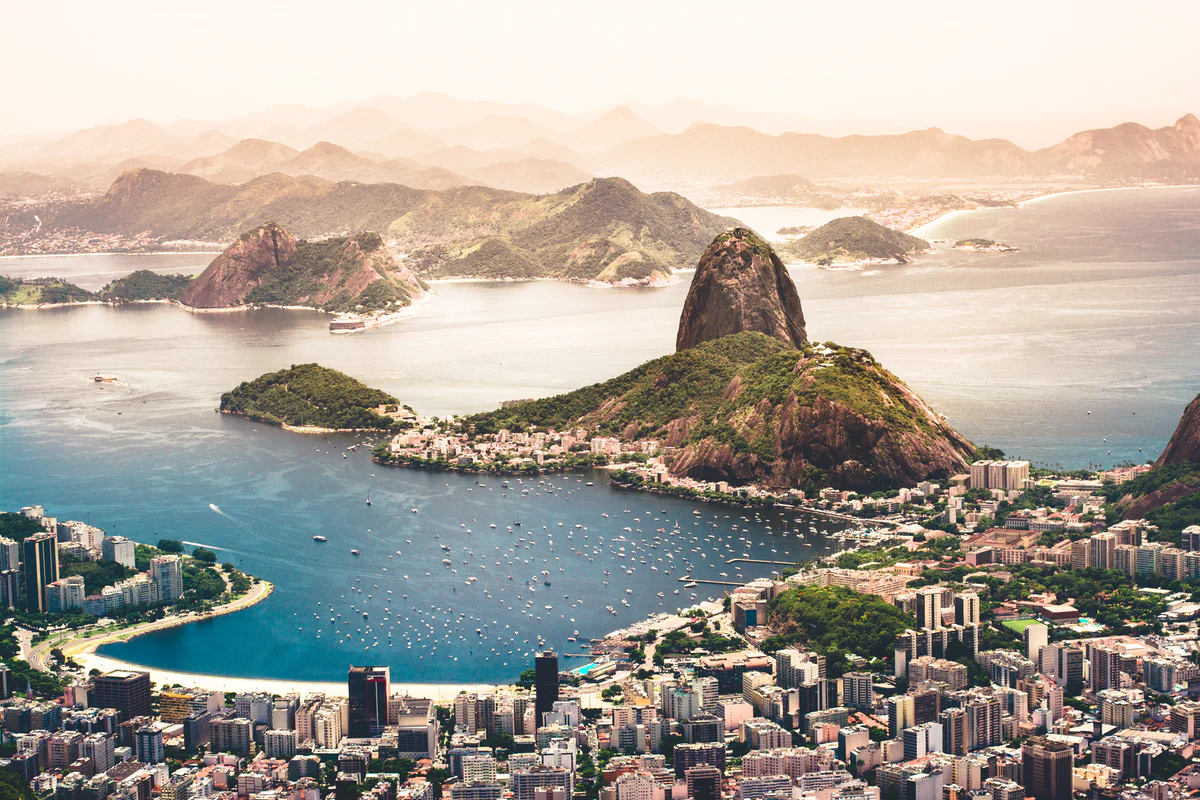Brazil, with a predominantly black and mixed-race or mulatto population, was the Western Hemisphere’s last country to abolish slavery in 1888. During the more than 300 years of slavery in the Americas, it was also the largest importer of enslaved Africans, having brought in seven times as many as the United States.
Black Brazil: A Story of African Resilience and Culture
The term quilombo was given to remote communities formed by those who escaped slavery in the generations before Brazil abolished it in 1888, making it the last country in the Americas to do so. It was derived from languages brought to Brazil by enslaved Africans. There are still at least 3,500 rural quilombos. However, quilombo now has a broader meaning. Young Black Brazilians implore their need to form new Black resistance communities to deal with a society shaped at every level by the legacy of slavery.
Become an insider. Subscribe to our newsletter for more top trending stories like this!
Brazil’s racial tensions were exacerbated by the election of far-right President Jair Bolsonaro in 2018, who compared Black quilombo members to cattle and claimed that “they don’t even serve to procreate.” But, when it comes to Brazil’s systemic racism, the president is just the tip of the iceberg. Approximately 56 percent of Brazilians identify as Black, but Black Brazilians account for only 18 percent of Congress and 4.7 percent of executives in Brazil’s 500 largest corporations.
Things are deteriorating. During the COVID-19 pandemic, Black Brazilians, who already earn only 57 percent of what white Brazilians do on average, died at a higher rate and lost their jobs. In 2019, there were 5,804 police killings, nearly six times more than in the previous year. Brazilian President Jair Bolsonaro’s government has been accused of carrying out a “death policy” against the country’s Black population. Last year, he introduced an anti-crime bill that included a blanket “self-defense” justification for police use of force. Critics say it still grants officers significant impunity.
However, Vice President Hamilton Mouro stated on November 20 that “racism does not exist in Brazil.” He was reacting to protests following the brutal beating and killing of Joo Freitas, an unarmed Black man, by security guards at a grocery store in Porto Alegre, which was captured on security cameras. President Bolsonaro, for his part, stated that social justice groups protesting racism were apparently “attempting to include tensions into our country that are foreign to its history.”
Become an insider. Subscribe to our newsletter for more top trending stories like this!
Black Brazilians have been creating spaces that overtly rejoice in Black identity and power their resistance to racism in an era of explicit racial injustice ignored by those in power. Urban quilombos are formed by black people in cities, while others are pushing to aquilombar (the word’s verb form) on social media and in art and literature. In Congress, black political activists have discussed forming a quilombo. “Our main goal is to fight genocide against the Black population,” says Clébio Ferreira, 36, who founded Quilombaque with his brother in 2005 in response to the poverty and violence faced by Black youth in Perus, where he has spent the majority of his life. “When we build a quilombo, we join forces to create a new world.”
The Black culture has left its imprint on the world. Look at how in Mardi Gras’s Little-Known History and Traditions.
Become an insider. Subscribe to our newsletter for more top trending stories like this!





